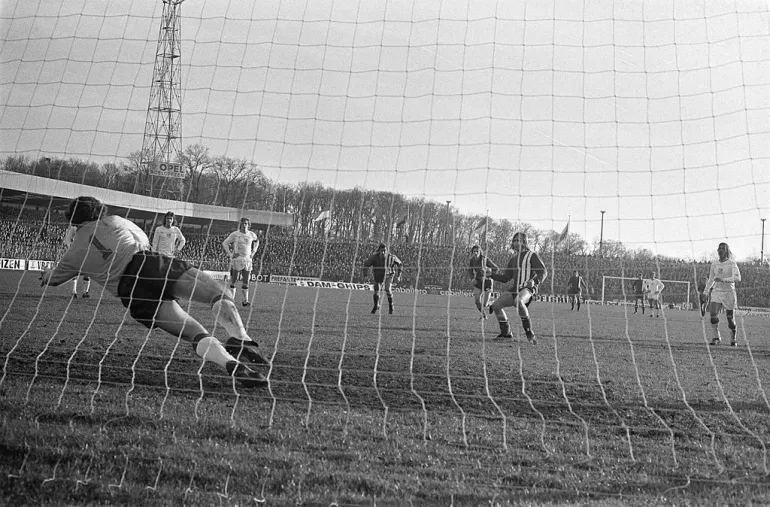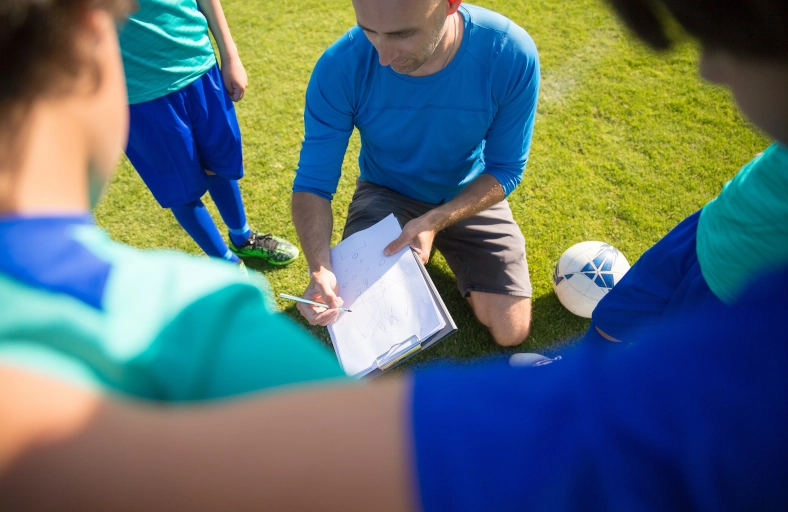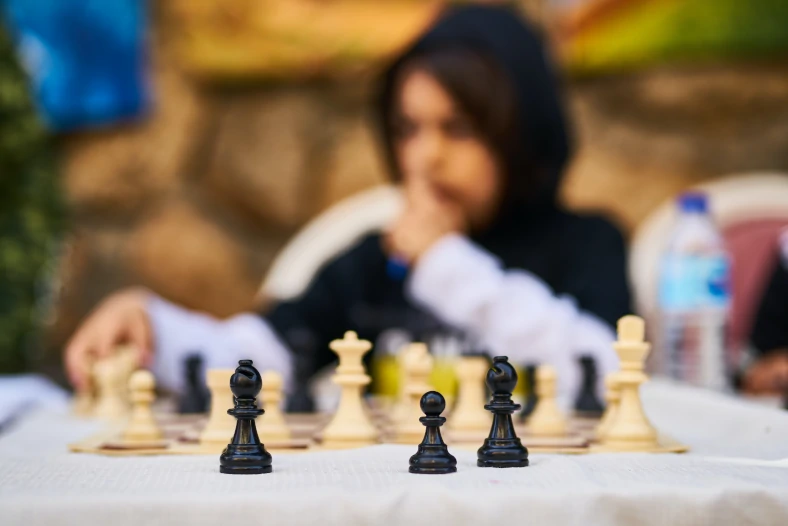How to score a perfect penalty

Many fans and journalists argue that penalties are a lottery. However, this is not true. While there is an element of luck involved, there is nothing random about scoring the perfect penalty.
As a general rule, taking the perfect football penalty consists of three main aspects: mental preparation, choosing a spot, and good kicking technique. While all three are essential, sports psychologists agree that mental preparation is the most critical factor in scoring a penalty kick. But then, choosing a spot and technique contribute to the player’s confidence and mental strength.
Let’s look at these aspects and more in more detail.
Mental preparation
Although unconsciously, every part of our body is controlled by our brain. Thus, a simple task like kicking a ball requires a clear head. However, this can be very difficult to achieve in a stressful situation like a penalty kick. Thankfully, players can do a few things to focus on the task.
Firstly, the penalty taker must think positive. Instead of thinking about what will happen if they miss, they should visualise what will happen if they score. While especially important for penalty kicks, positive visualisation applies to other scenarios in a football game. For example, the great Argentine striker Gabriel Batistuta said he would imagine how he would score goals before going to sleep the night before a game. Some of these imaginary situations actually happened during the game, so he knew exactly what to do.
A routine and sticking to it also helps the player’s mental preparation. For example, a breathing routine before shooting reduces stress. It is essential to use the same routine every time. Repeating the same movements 100 times will automate them and remove any “thinking” before kicking.
Finally, the penalty taker should act confident. Acting confident makes the player confident. Do not confuse confidence with engaging with the goalkeeper in mental games. Good posture, firmly walking to the penalty spot, smiling, etc., are positive ways of building confidence without getting distracted by other players.
Stick with your spot
As mentioned before, a penalty routine helps automate movements and reduces the amount of “thinking” going on. Kicking to the same spot every time should be part of the player’s routine. While some professional players give the impression that they are looking at the goalkeeper and waiting until the last minute to kick, usually, they have already chosen their spot. For most players, looking at the goalkeeper and waiting until the last minute increases uncertainty and stress.
Now, this works fine in amateur football, but not so much in professional football. The best professional goalkeepers watch videos of the opposition’s penalty takers, or their coaches have done the research for them. So, at the professional level, penalty takers practice more than one option. Nevertheless, while setting the ball to take the penalty, they choose a spot and stick to it.
Kicking technique
A good kicking technique is a must to score a perfect penalty. The goalie will stop a weak shot, and a powerful shot without direction will likely go over the bar.
Fortunately, one of the most studied aspects of football is precisely penalty shootouts. Of all the research papers available, Analysis of penalties taken in shootouts (Hughes & Wells, 2002) and Penalty shootouts are basically still crap-shoots (The Economist, 2018) are the most detailed and insightful. These are two key findings:
- Top corners shots are the most difficult to stop but also the most missed.
- The likelihood of scoring when kicking to the lower corners is the highest. While goalkeepers are more likely to stop it than top corners, the possibility of missing the goal is lower.
- Striking the ball with 100% power is unlikely to be saved but has the highest likelihood of kicking it out.
- Jogging to the ball is more likely to score than walking or running at full speed.
In summary, from the above and other details highlighted in the research, when kicking a penalty is recommended to take 4 to 5 steps, jog to the ball and kick with 75% power using the foot instep and aim to the lower corner opposite to the player strong foot. Most goalkeepers agree that stopping a strong shot to the corners is tough.
Final recommendations
Practice penalties shoutouts often and make it a competition to simulate the stress and pressures of a real game. However, ensure that you practice them at the end of your training session when players’ heart rates are high, they are tired (to simulate a real scenario), and their muscles are warmed up.
Practising penalties during training will help select the penalty takers before a game. This approach is useful even for amateur teams without an actual coach. There will be a consensus between players on who will take penalties during regular time and the order of kicking in a shoutout.
Choose to go first in a penalty shootout. Research shows that the likelihood of winning is 60% for the teams going first. This slight advantage is likely due to the mental pressure on the opposition team while waiting for their turn. This pressure increases towards the end of the shootout.
Below we include a quick checklist that will help you and your team to kick a perfect penalty consistently:
- Practice penalties at the of a training session
- In penalty shootouts, choose to go first
- When taking the penalty:
- Do not engage the goalkeeper
- Set the ball with your hand
- Choose a spot (you should know your sport from practising)
- Take 4 to 5 steps
- Take a breath while waiting for the whistle
- When you hear the whistle, wait for 2 to 3 seconds
- Jog to the ball
- Kick low to the opposite side of your strong foot using your instep and about 75% of your power (firm but not at full power). Aim to about 50 cm from the post to give you a margin for error and avoid missing the goal.



